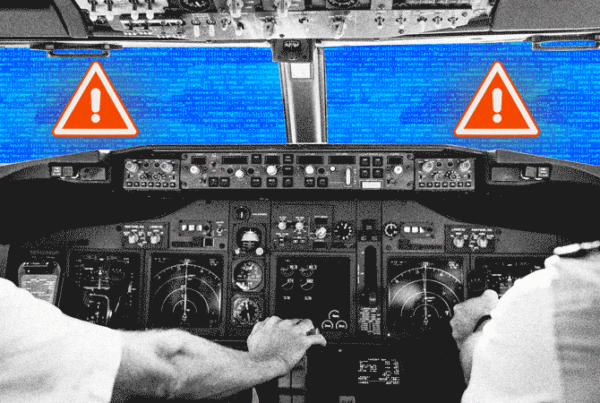The airspace risk in Syria and Iraq are both discussed regularly, with numerous warnings and prohibitions from major authorities.
However, Turkey is seeing an increase in security and safety concerns along its southern border with Syria, and the eastern region which borders Iraq, because of the conflict and tensions in this region. And not a lot is said about it.
Why is Turkey seeing increased risk?
Keeping this as simple and non-political as possible because it is really just for context – Kurdish people are an ethnic group native to Kurdistan which is a big area spanning southeastern Turkey, northwestern Iran, northern Iraq and northern Syria.
Here’s a map of it:
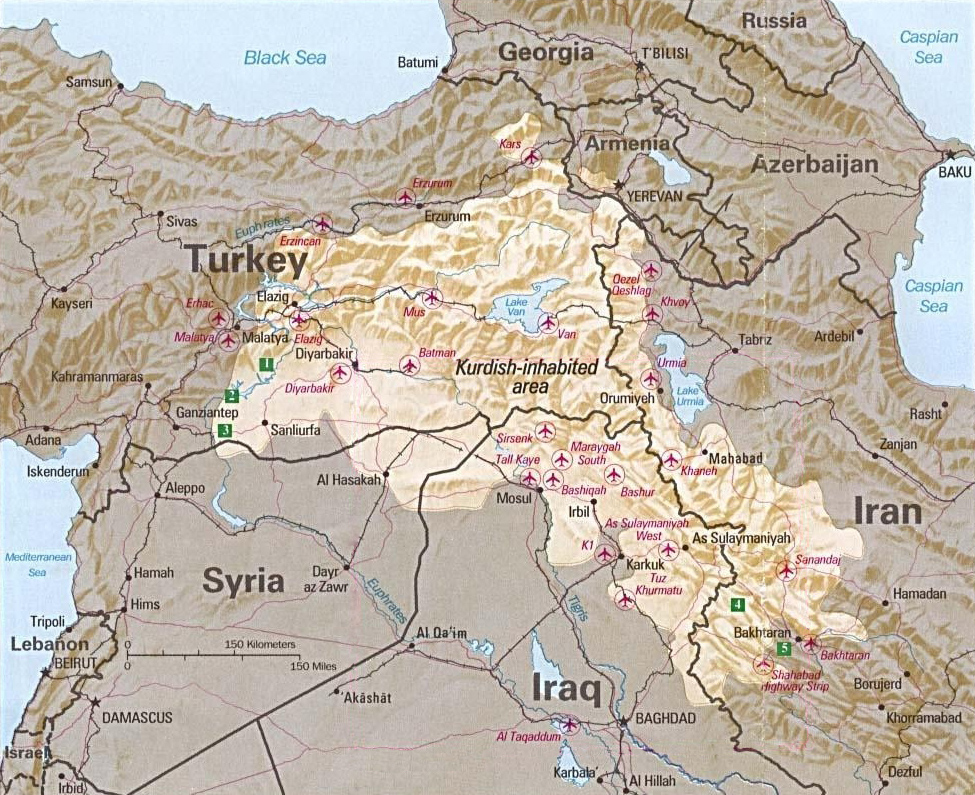
Kurdish inhabited areas.
Turkey has an ongoing conflict with armed Kurdish groups, particularly one called the PKK who have fought against Turkish authorities since the 1980’s, hoping to establish an independent Kurdish state.
In addition to this, Syria have their own civil war also involving their Kurdish population, as does Iraq. Turkey borders each of these countries, and spillover from these has led to more and more military action by Turkey.
Risks for aviation:
There are two main risks previously highlighted:
1. Misidentification and anti-aircraft weaponry
The primary risk is misidentification by local militia who infrequently target Turkish military aircraft with MANPADS and weaponsied drones. Operations to LTAJ/Gaziantep should be carefully reviewed given its proximity to the Syrian border.
The US FAA published a note on Turkey in 19 May 2021 referring to the threat from militia with access to anti-aircraft weaponry.
2. GPS jamming
The secondary risk is GPS Jamming. Turkey has long been an area which sees significant GPS Jamming. There are frequent reports from crews of GPS signal interference in Turkish airspace – with some as far away as abeam Baghdad. GPS jamming is common through the LTAA/Ankara FIR, and especially on the border between the ORBB/Baghdad and OIIX/Tehran FIRs.
Turkey Notam LTAA A6691/22, valid through to 6 January 2023 relates to GPS Jamming.
Other growing risks for air crew and air operations:
1. Security on the ground
Security in major cities, and in regions along the border, in southern Turkey is a growing concern. Crew should be aware of these and should avoid travelling close to the border regions.
Caution should be taken if visiting large public spaces and tourist areas as there is a heightened risk of terrorism.
Prepare for potential disruption and delays due heightened security in airports.
Consider the implications of diverting to airports where you have no ground contacts, engineering or support. There may be political concerns to consider as well depending on the nationality of your crew or passengers.
2. Risk in southern Turkish airspace
Along the border with Syria and Iraq in proximity to conflict zones, there is a higher level of airborne military traffic, UAS and the risk of proximity to airstrikes.
Most major authorities advise operators to exercise caution when operating in the airspace within 200 NM of the Damascus FIR (OSTT), which should be considered to include the southern region of Turkey as well as the countries neighbouring Syria to the west.
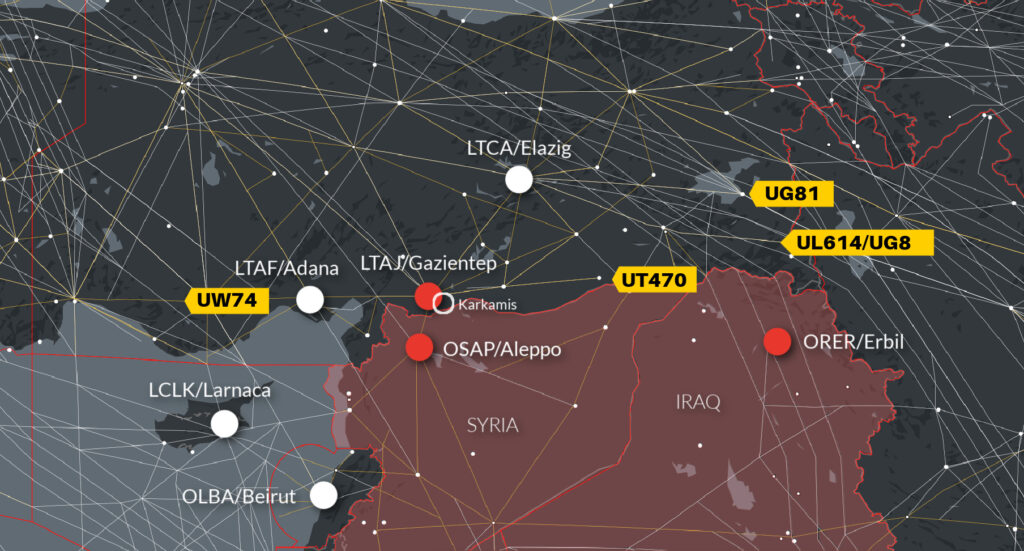
Major events
- On Nov 21, the Turkish border town of Karkamis was hit by artillery and rockets from across the Syrian border.
- On Nov 13, a bomb attack in Istanbul attributed to the PKK resulted in Turkey carrying out airstrikes against Syria and Iraq. Operation Claw-Sword is reported to have involved 70 aircraft and drones.
- In May 2021 an attempted drone attack by local militia on LTCC/Diyabakir airport in South Eastern Turkey.
- In Jan 2019, Turkish security forces intercepted three weaponised drones during attempted attacks against sites in southern Turkey.
A full briefing on Turkey can be found on Safeairspace.net
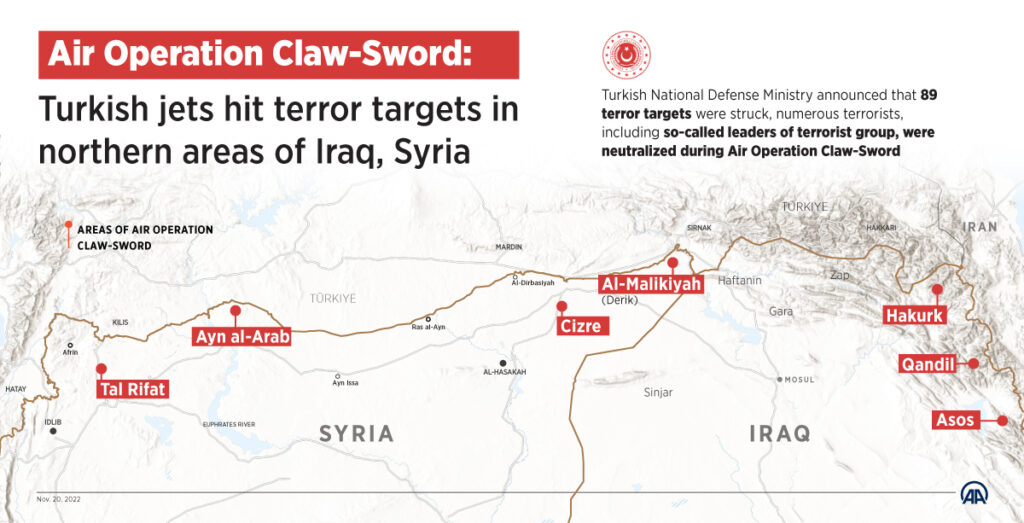
Operation Claw-Sword involved a high number of airborne military traffic.
Syria
There is a high risk to civil aircraft. Syrian airspace (OSTT/Damascus FIR) should be avoided entirely. Airspace adjoining the Damascus FIR is also at risk: Cyprus, Turkey, Israel. Total flight ban for US, UK and German operators, and several other countries have issued warnings to avoid the airspace of Syria.
The primary risk is a misidentification by Syrian air defense systems. Civil aircraft may be targeted in error, or caught in crossfire during ongoing air attacks involving Israel, Russia, Iran. Missiles may erroneously lock on to civil aircraft. Israeli airstrikes on Syria are regular, and do not show any regard for civil traffic.
There is a clear risk to civil aircraft operating on airways UL620, UW74, UR18, and UP62.
The FAA information on Syria warns the threat is extended to adjacent FIRs in the Eastern Mediterranean region including the LLLL/Tel Aviv, OJAC/Amman, OLBB/Beirut and LCCC/Nicosia FIRs. Use caution if operating in the area.
A full briefing on Syria can be read here.
Iraq
Most major authorities advise against operations below FL320 in the ORBB/Baghdad FIR. The US FAA amended their KICZ Notam from prohibiting all operations, to this in October 2021.
In Sep 2022, Iran closed a section of airspace in the north of the country along the border with Iraq, and is using the area to launch missile and drone attacks at targets near ORER/Erbil Airport. Iran are warning their own operators against flying in Iraqi airspace.
ORER/Erbil is the primary airport located in the Iraqi Kurdistan region and regular artillery, rocket and missile attacks target this region. Operations into the airports including diversions, should be avoided.
A full briefing on Iraq can be read here.
More on the topic:
- More: Bizav Roadblock: Turkey and Armenia
- More: FAA warning issued, further serious navigation failures reported
- More: Flights misled over position, navigation failure follows
- More: Major Earthquake in Turkey
- More: We Want to Talk to Lebanon
More reading:
- Latest: US Midwest: Cicada’s are coming to town
- Latest: Saudi Arabia Overflights – Free Route Gotcha
- Latest: International Ops Bulletin
- Safe Airspace: Risk Database
- Weekly Ops Bulletin: Subscribe
- Membership plans: Why join OPSGROUP?



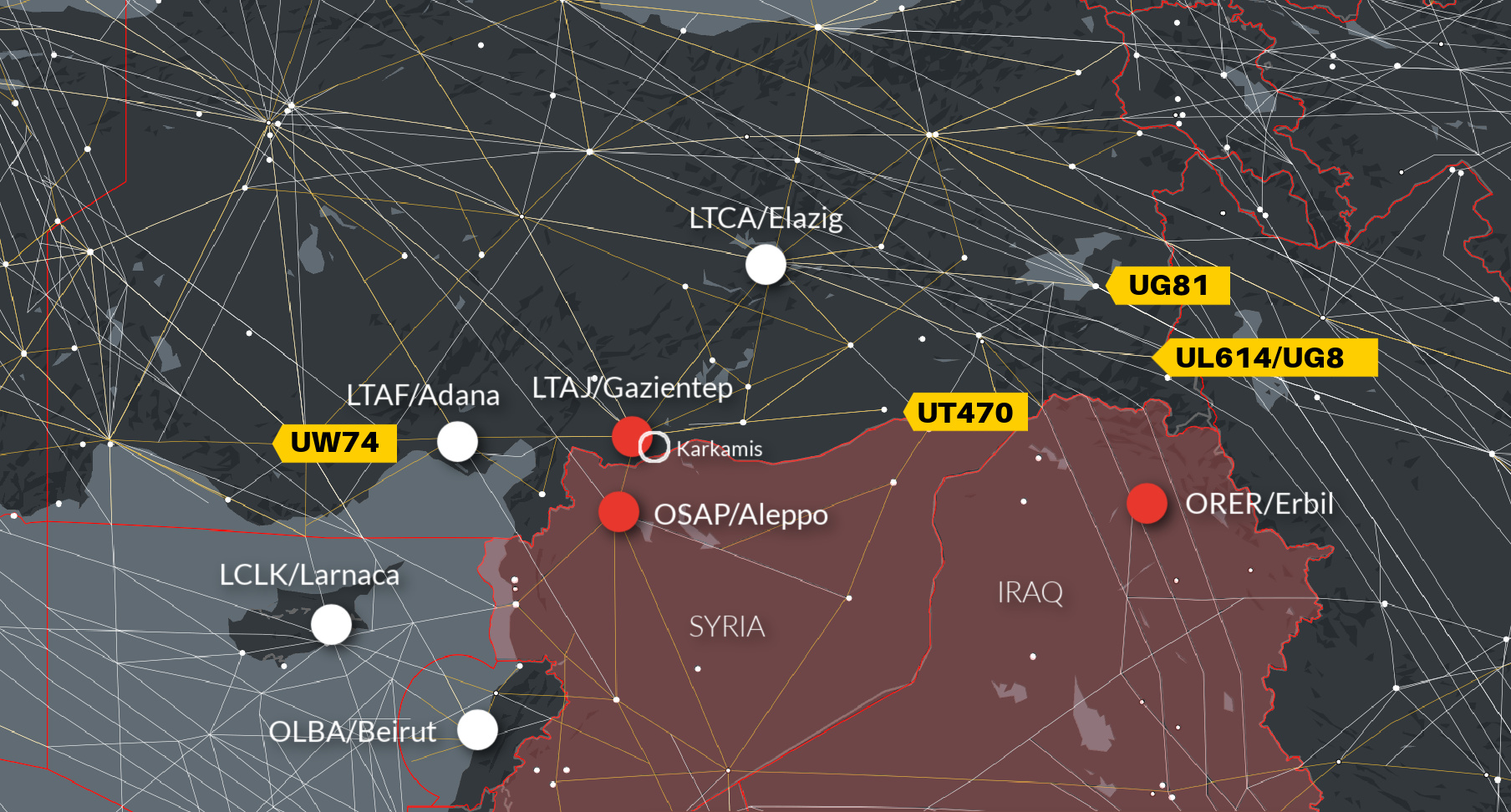




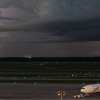

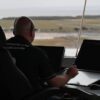
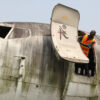
 Get the famous weekly
Get the famous weekly 





